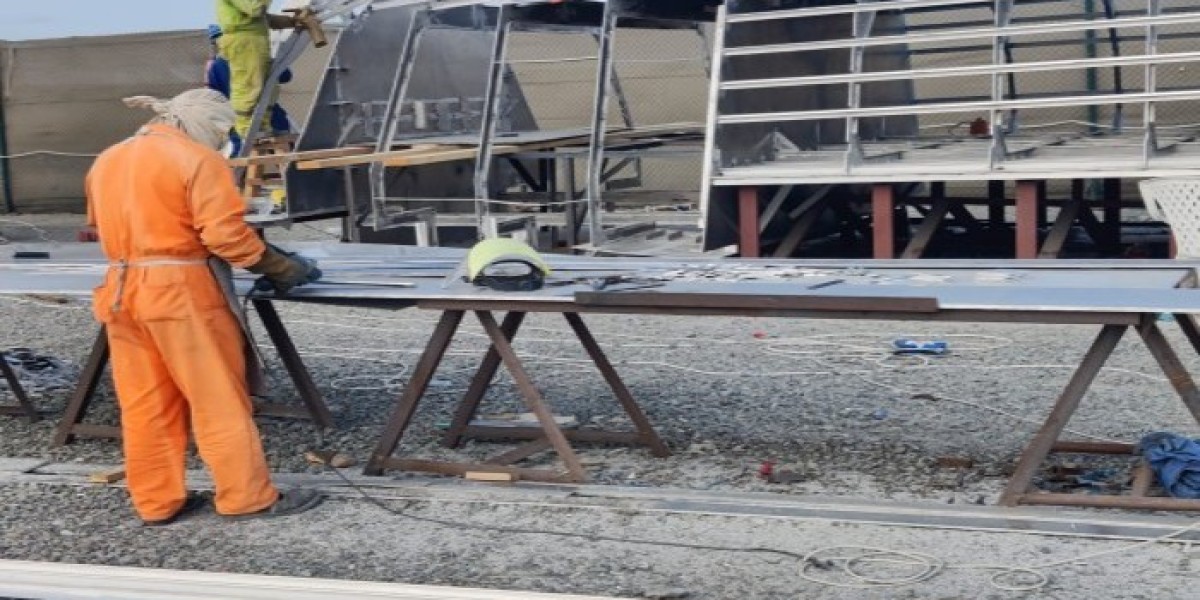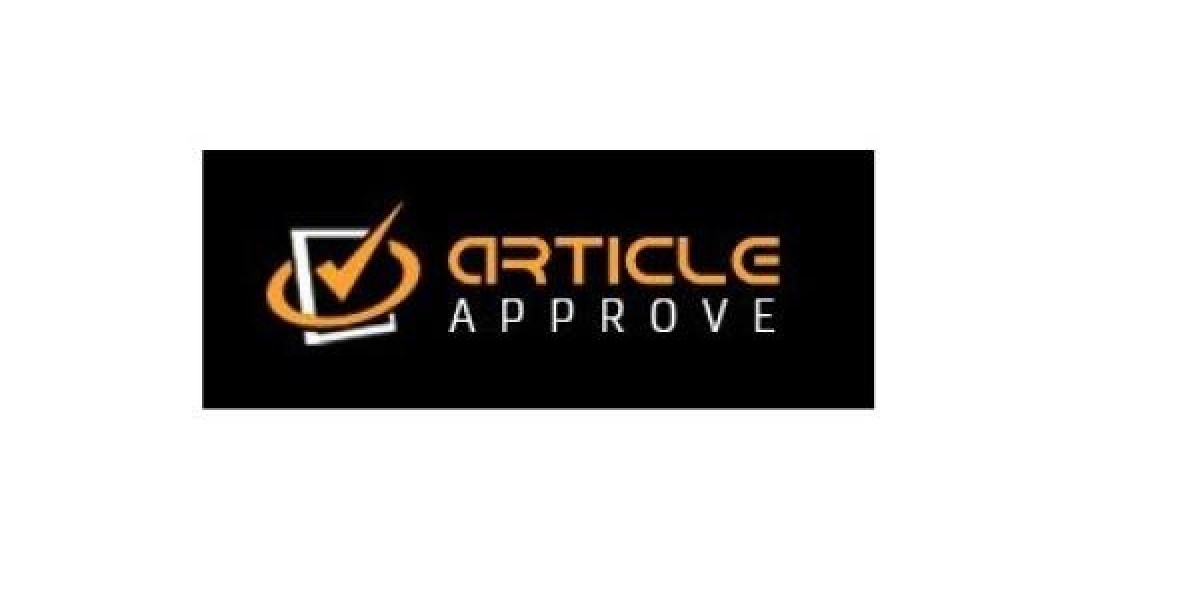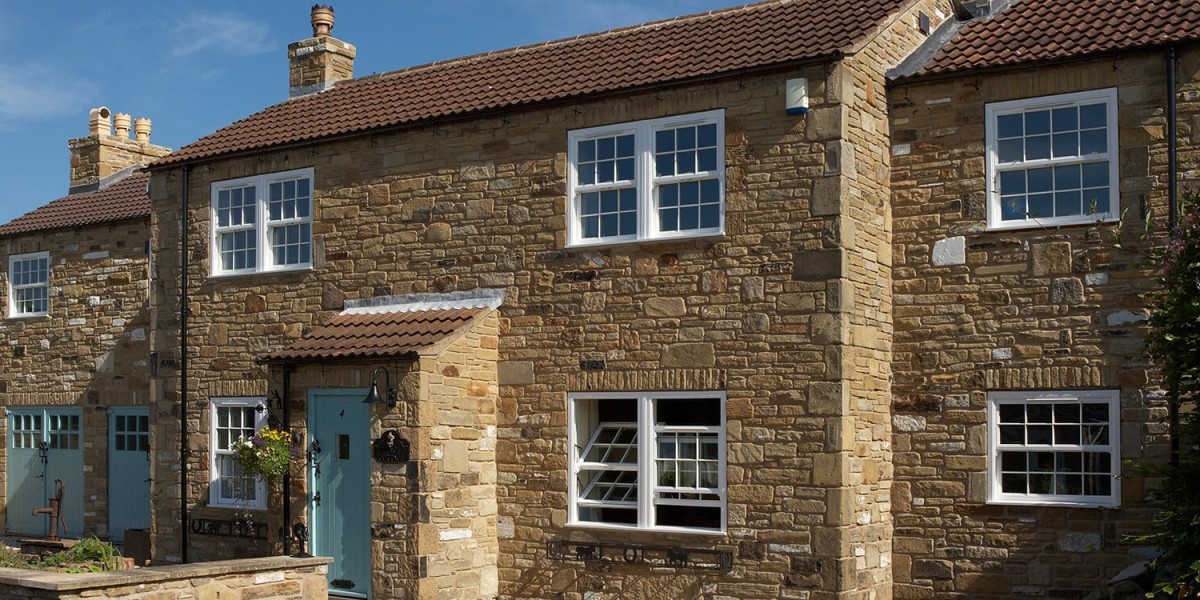The need for cost-effective and sustainable tugboats is transforming the maritime world. Aluminium tug manufacturers are at the forefront of this revolution by providing ships that are more efficient, stronger, and lighter, and less expensive than their steel counterparts. This revolution is not merely a matter of material selection—it's about smarter, greener tugboats that address the demands of contemporary ports.
One of the foremost names in this trend is VU Marine, which has been concentrating on building aluminium tugs that are both performance-oriented, long-lasting, and ecologically friendly. Their efforts demonstrate how aluminium is rewriting the book on tug building.
Why Aluminium Is Changing Tug Construction
Weight and Fuel Efficiency
Aluminium weighs approximately one-third as much as steel. This significant decrease means lighter hulls, quicker acceleration, and less fuel consumption. In years of day-to-day operation, an aluminium-built tug can conserve thousands of litres of fuel, saving money while lowering emissions.
Durability and Resistance to Corrosion
Unlike steel, aluminium is resistant to corrosion from saltwater by nature. It does not require frequent painting and heavy maintenance, so there are fewer repair bills and more operating life. For busy tug owners, that reliability is essential.
Lifecycle Savings
While the upfront cost of aluminium is higher, the overall picture is different. Less fuel, lower maintenance, and better resale value can cut lifecycle costs by up to 15%. For operators, it’s not just about buying a vessel—it’s about long-term efficiency.
Performance and Maneuverability
Aluminium's reduced weight provides tugs with improved handling and quicker response. In congested or shallow harbors, this is an important benefit. Speed and maneuverability are appreciated by tug operators, and aluminium provides both.
Environmental Benefits
Tighter port regulations are driving greener operations. Aluminium tugs consume less fuel and are more easily modified to hybrid or electric power. Being entirely recyclable, these tugs also assist in circular economy objectives.
Growth in the Market
Across the world, there is increasing demand for lightweight ships. Aluminium hulls cut weight by 35–40%, while aluminium superstructures can be up to 60% lighter. These percentages have a direct effect on fuel efficiency and emissions—two of the largest issues facing the marine sector today.
As the tug market increases, players are more receptive to new materials. Steel is still widespread, but the increasing number of aluminium tug builders indicates a change in what drives industry priorities. Sustainability and efficiency are taking on the same level of importance as raw power, and aluminium perfectly captures this vision.
Challenges to Overcome
While the advantages present, aluminium construction of tugs does come with challenges:
- Initial Cost: Marine-grade aluminium costs more per ton than steel, so initial constructions are more costly.
- Fabrication Know-How: Welding aluminium is specialized work. Without proper techniques, cracking and fatigue can result.
- Strength Issues: Aluminium is not as stiff as steel, thus it needs to be reinforced in the higher-stress areas.
- Reparation Facilities: Out-of-the-way ports tend to be more steel-savvy, so aluminium repairs might need special logistics.
These issues exist, but with contemporary design and experienced fabrication, they are readily overcome.
How VU Marine Raises the Bar
VU Marine is not just an tug builder in UAE—it's a company that's driving the future of the industry. Their methodology designs for both the benefits and the issues of aluminium tug building:
- Forward-thinking Hulls: Engineered for robust bollard pull without additional weight.
- Green Propulsion Future-Ready: Suited for hybrid or electric drive systems.
- Total Cost of Ownership: Transparent focus on complete cost of ownership, not only upfront cost.
- Fabrication Know-How: Trained welding and thorough testing guarantee long-lasting durability.
- Custom Solutions: Shallow-draft harbor tugs to heavy-seas coastal ships, VU Marine designs to order.
Through the intersection of intelligent engineering and vision, VU Marine demonstrates that aluminium tugs not only exist—but make sense.
Looking Ahead
The tug market is set for a new age, and aluminium will be at the forefront. As ports increasingly call for cleaner, more efficient operations, aluminium tugs will remain on the rise. The next few years will likely witness:
- An increasing percentage of aluminium in new tug orders.
- Greater uptake of hybrid and electric propulsion.
- Increasing demand in areas heavily investing in port facilities.
- Increasing refinement of aluminium alloys and fabrication processes.
In this world, all tugs building company will need to evolve in order to remain competitive. Those who adopt aluminium and sustainability will be at the forefront.
Conclusion
Tugboats may be small in size relative to cargo ships, but their contribution to international trade is huge. Tug construction's future is being penned today by visionary companies that recognize the harmony between performance, efficiency, and sustainability.
Its creative designs and aluminium expertise make VU Marine a forerunner in this revolution. As a tugs building company in UAE, it demonstrates how aluminium tugs can serve contemporary needs while equipping operators with the challenges of tomorrow.
The message is clear: aluminium is no longer an alternative—it's the future of tug building.













